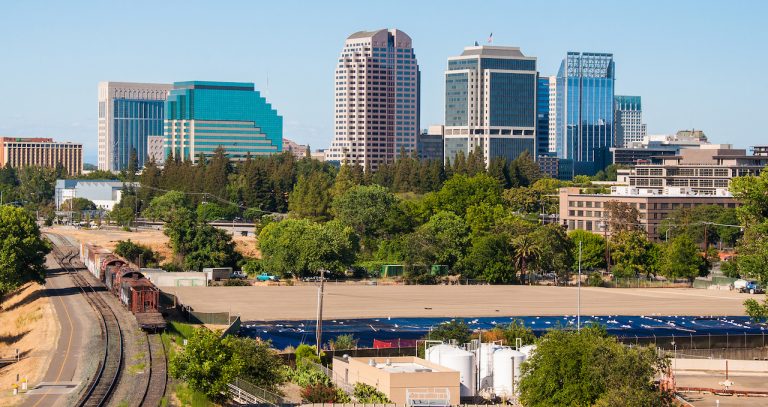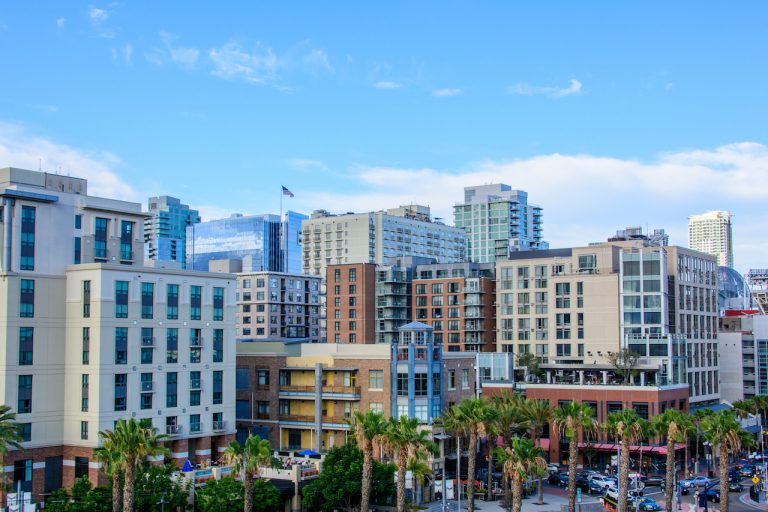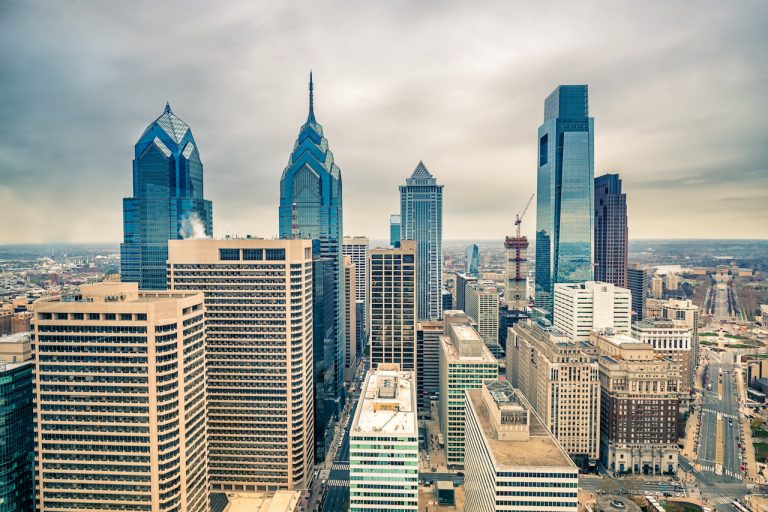Smart Cities Predictions for 2018
As a general prediction, while there is no single rationale for a smart city, certain themes such as efficiency and cost, environmental impact, and the ever-intangible quality of “livability” have historically predominated. They will continue to so, simply because there is no reason for them to change – they reflect common-sense concerns that cities and their citizens continue to have. However, as smart cities invest in the underlying IOT and analytics technology, I predict that two other goals will increasingly join them.
Smart Cities – Where Technology and Reality Collide
Where smart city projects require departments or agencies to collaborate and share money and data in new ways, they may be just be asking the physically impossible; or they may impose a zero-sum calculation on those entities – the more collaboration, the less power, budget and funds, and the less reason for the separate existence of each entity. Said differently, in organizational and political terms, smart cities are fundamentally unnatural.
The IOT – More than just the sum of the parts
Smart grid has been enabled by the IOT, in this case in the form of networked meters and sensors, coinciding with the revolution in energy generation and storage technologies. Transmission and distribution systems can be monitored and managed more effectively. But most importantly from a city point of view, distributed energy resources (DER) such as wind and solar or energy from waste, perhaps integrated with energy storage on microgrids, and perhaps supported by demand response (DR), are augmenting or replacing traditional energy sources from central generation plants. These newer sources are often on a neighborhood, city block or single property scale, and are poised to grow even faster once electric vehicle batteries are added into the mix. The IOT has enabled the near real-time control and management required for these innovations, as well as more granular monitoring of consumption (or generation) by consumers combined with billing and supporting data, through AMI.
The Smart City Starter Set
As with AMI and smart lighting, the core benefit is efficiency, in this case in the form of reduced energy and water consumption. If the building design is extended to include technologies such as roof-top energy generation and water recycling, then it is increasingly possible to create, at reasonable cost, zero net impact buildings. Smart buildings may also incorporate green roofs, both to help manage temperature and heat island effects, and also to delay storm water run-off.
Protecting Cities’ Critical Assets
As cities grapple with urban growth and climate change placing more people and economic activity in harm’s way, the resilience of critical infrastructures, and of the assets that make up these infrastructures, is coming increasingly under the spotlight. However, this is a complex issue, and not all its dimensions are well understood. This article attempts to explore them.
Cities can be thought of as “systems of systems”, where energy, water, communications, transportation, healthcare, law and order, data, and other physical systems (not to mention social, political and economic systems) interact. From this perspective, many issues arise.
Some countries and cities can identify their critical systems and assets (it is, for example, a Federal requirement for cities to do this in the US), but very few can identify how they are linked to each other. As a result, they have no way to identify and manage the associated inter-dependencies. In many cases, as with the grid failure example, the existence of these linkages may not even be fully understood by all the entities affected, and accordingly come as a highly unwelcome surprise. Achieving critical infrastructure resilience therefore requires investing time and effort to identify and maintain relevant and up-to-date data on these linkages.
Smart Cities and the Weather
A study by the US National Center for Atmospheric Research (NCAR) in 2008 found that the impact of routine weather events on the US economy equates annually to about 3.4% of the country’s GDP (about $485 billion). This excludes the impact of extreme weather events that cause damage and disruption – after all, even “ordinary” weather affects supply of and demand for many items, and the propensity of businesses and consumers to buy them. NCAR found that mining and agriculture are particularly sensitive to weather influences, with utilities and retail not far behind.
Many of these, disaster management included, are the focus of smart city innovations. Not surprisingly, therefore, as they seek to improve and optimize these systems, smart cities are beginning to understand the connection between weather and many of their goals. A number of vendors (for example, IBM, Schneider Electric, and others) now offer weather data-driven services focused specifically on smart city interests.
Smart Cities and Artificial Intelligence: Balancing Opportunity and Risk
Steven Hawking recently commented that artificial intelligence (AI) would be “either the best thing or the worst thing ever to happen to humanity”. He was referring to the opportunity that AI offers to improve mankind’s situation, set alongside the risks that it also presents. These same competing possibilities apply no less when AI is considered in the context of smart cities and the planet’s growing urbanization. With smart cities, though, this is not just some abstract balance: there is a genuine choice of path to be made as smart cities and AI evolve together. This article explores the choice.








